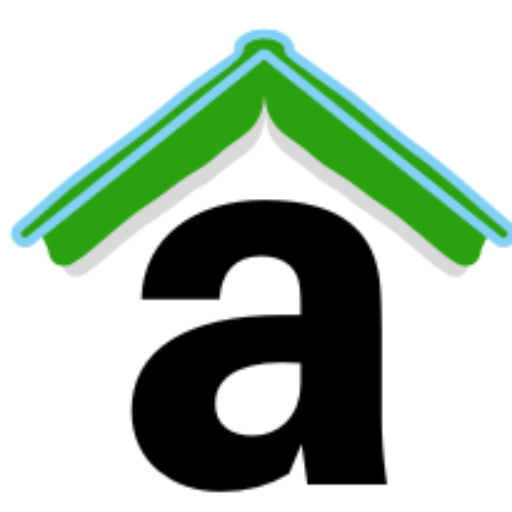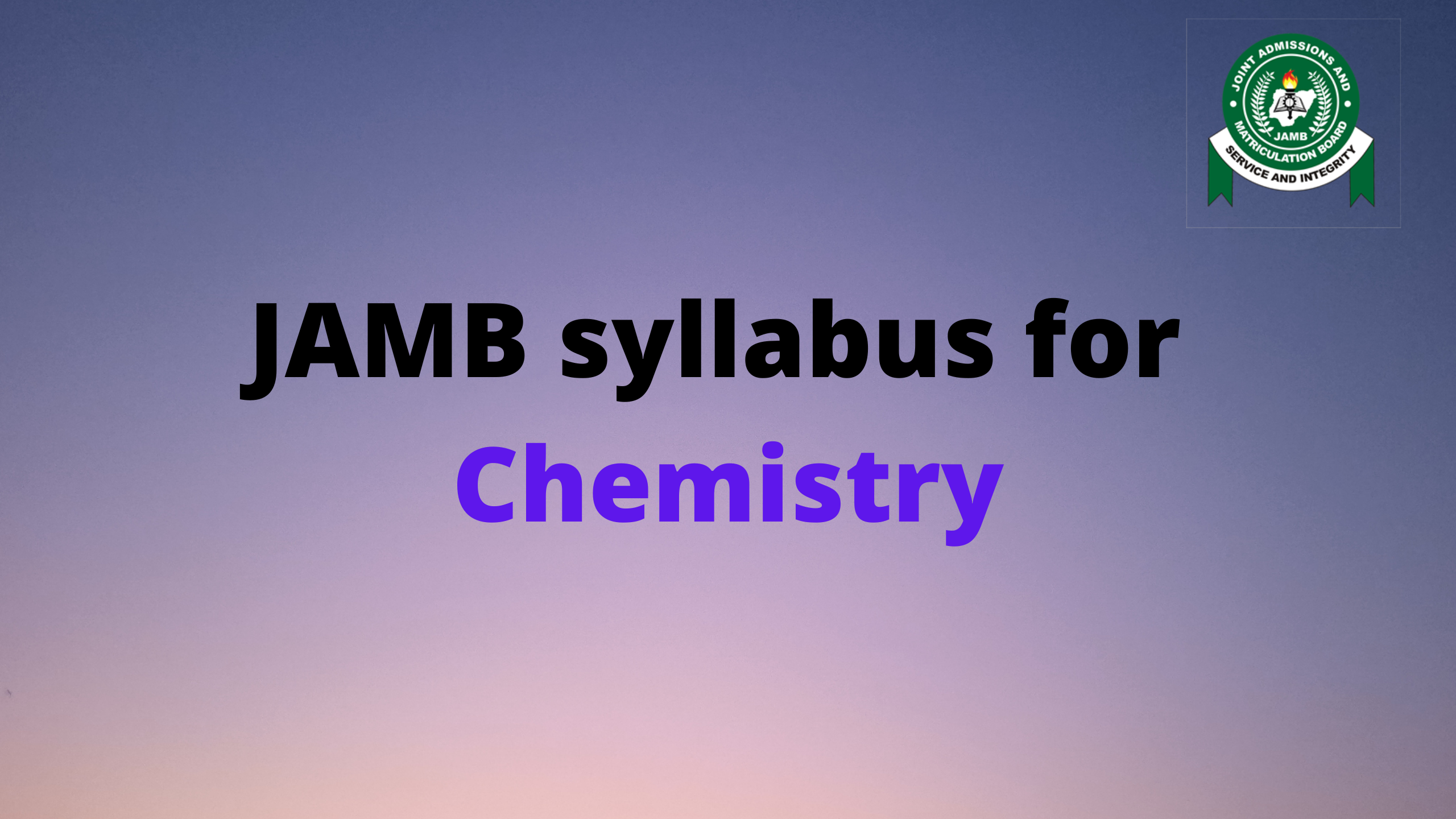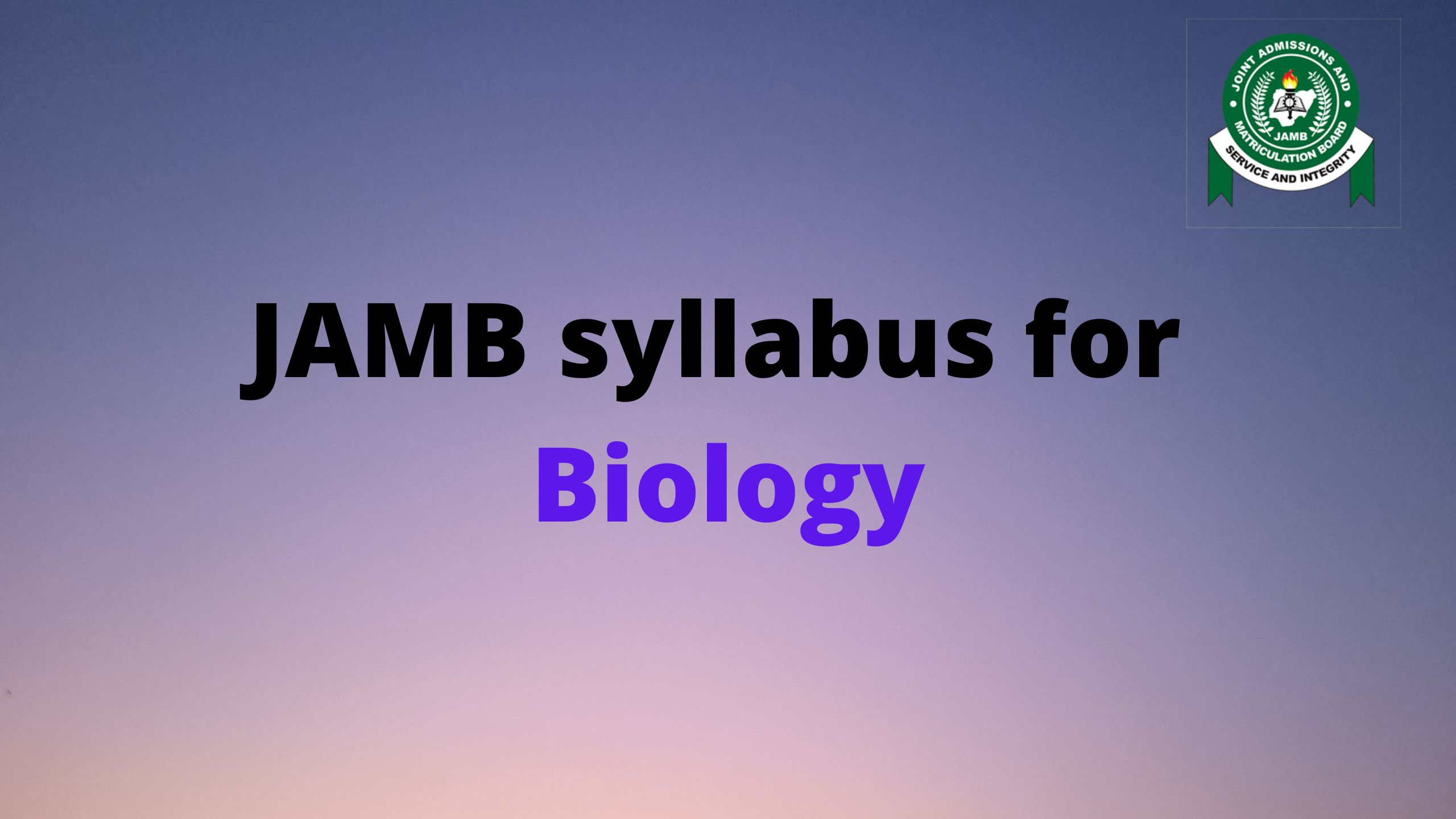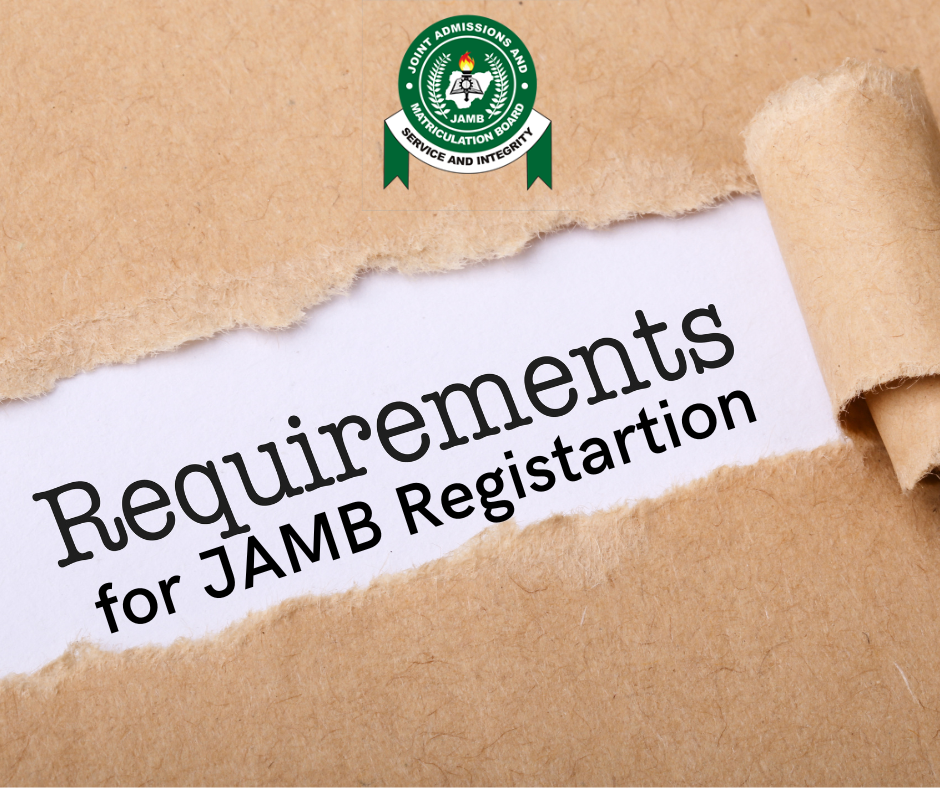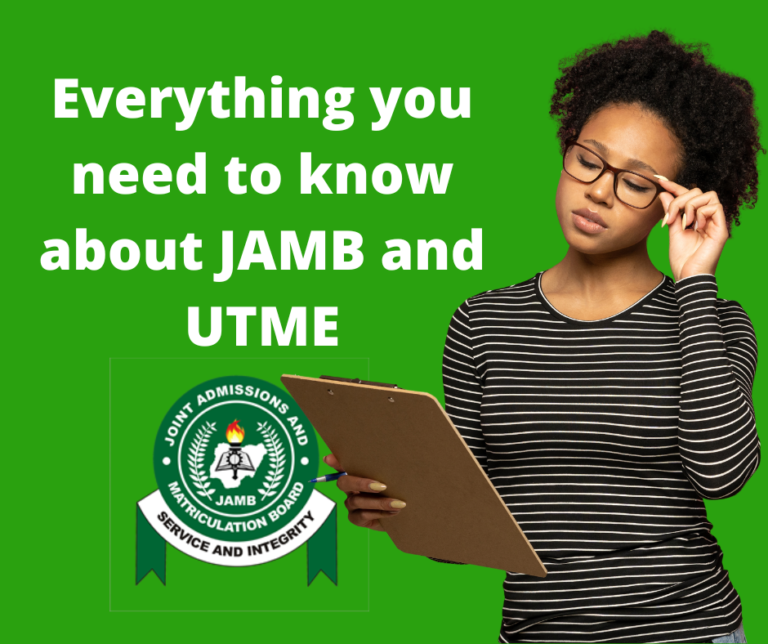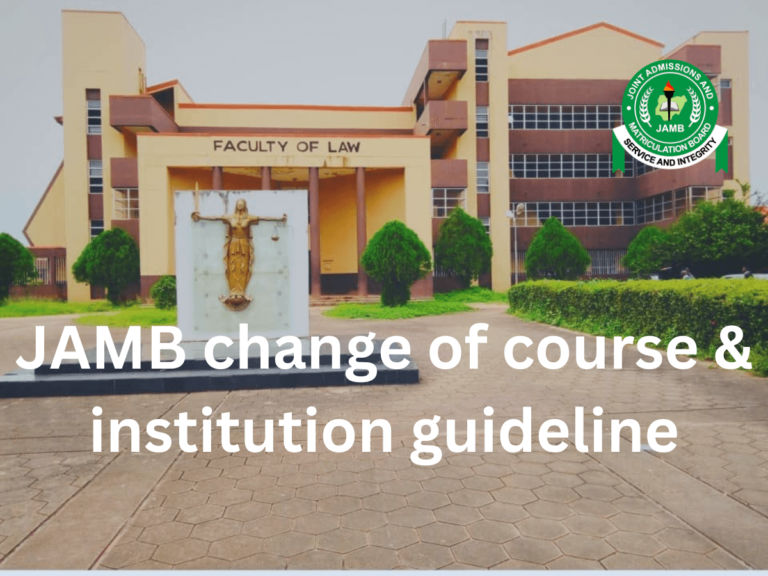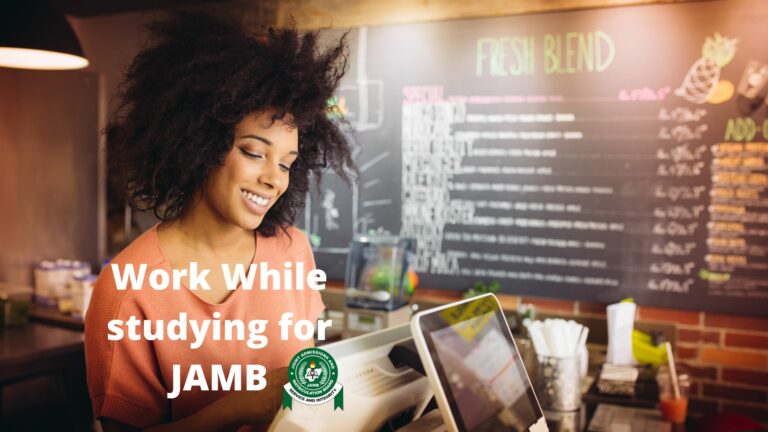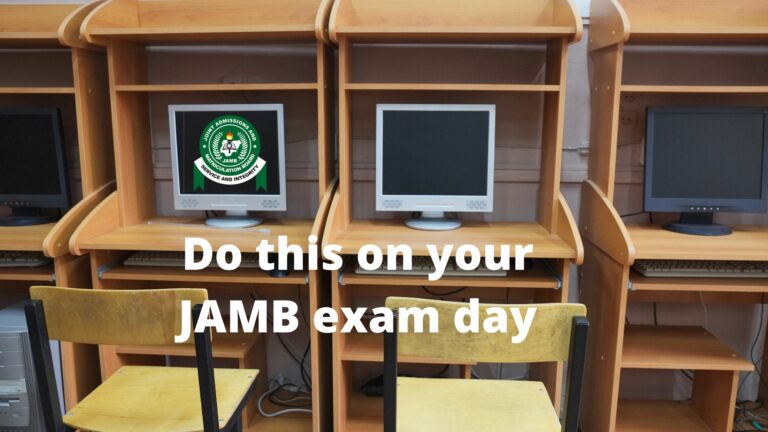JAMB syllabus for Art
Getting high score in JAMB is an achievable goal, but the use of JAMB syllabus makes the studying easier and increases a candidate’s chances of getting high scores.
JAMB syllabus is a document containing the topics from which JAMB questions will be taken from. This is an equivalent of area of concentration, like in regular class examinations.
Below is a list of topics, from which your art JAMB questions are going to come from:
- Art Appreciation
Objectives
Candidates should be able to:
- Appreciate the aesthetic qualities of natural and man-made aesthetic phenomena in the Nigerian environment.
- Differentiate between natural and man-made aesthetic phenomena.
- Content
- Man-made objects: architecture, sculpture etc.
- Natural phenomena: Zuma Rock, Ikogosi Warm Springs, etc.
- Art Entrepreneurship
Objectives
Candidates should be able to:
- Identify job opportunities in visual arts.
- Identify Content
- Identify Job prospects in Visual Arts: Ceramist, Curator, Textile designer, Industrial designer, Sculptor, Photographer, Cartoonist, Illustrator etc.
- Art Terms
Objectives
Candidates should be able to:
- Identify art terms.
- Link the terms to their areas of art.
- Use the terms in analyzing artworks.
- Content
- Pigments, motif, greenware, armature, silhouette, chiaroscuro, cireperdue, terra-cotta etc.
- Artistic Skills, Techniques and Processes
Objectives
Candidates should be able to:
- The techniques, skills and processes with emphasis on tone, composition and colour application.
- The types of perspective.
- The use of perspective rules and terms.
- Techniques, skills and processes.
- The basic tools of designs.
- Content
- Two-Dimensional Art: drawing, painting, graphics and textile design.
- Perspective:
- Linear, angular, aerial, parallel etc.
- Perspective terms: foreground, picture plane, eye-level, vanishing point, foreshortening, optical illusion, depth etc.
- Sculpture, Ceramics and Crafts.
- Computer Graphics coreldraw.
- Classification of Art
Objectives
Candidates should be able to:
- Differentiate between the three branches of art.
- Content
- Visual Arts: (Fine and Applied Arts).
- Performing Arts: (Music, Dance and Drama).
- Literary Arts: (Poetry, Prose, Recitals) etc.
- Development in Contemporary Nigerian Arts and Artists
Objectives
Candidates should be able to:
- Determine the influence of the art schools and groups.
- Assess the artists in terms of their works, specializations, techniques and styles.
- Analyse the functions of museums, galleries, art centres and art institutions.
- Evaluate their impact on the development of art.
- Assess their roles and functions.
- Vi. Examine the impact of major festivals on art and culture.
- Content
- Art Schools: Zaria, Nsukka, Osogbo group etc.
- Nigerian artists and art educators; Aina Onabolu, Ben Enwonwu, S. I. Wangboje, Jimoh Akolo, Dele Jegede etc.
- Museums, galleries and art centres.
- Art institutions, cultural art centres, national art organizations – Nigerian Society for Education through Arts (NSEA), Society for Nigerian Artists (S.N.A), National Council for Arts and Culture (N.C.A.C), etc.
- Major Festivals: Argungu Fishing Festival, Eyo, Egungun, Iri-ji (New Yam), Durbar, Igue, Ekpo, Odo, etc.
- Elements and Principles of Design
Objectives
Candidates should be able to:
- Identify the elements of design.
- Analyse the principles of design.
- Content
- Elements: line, colour, shape, form, texture, tone, value, space etc.
- Principles: balance, rhythm, proportion, harmony, contrast, repetition, dominance, variety, etc.
- Historical Dimensions of Art
Objectives
Candidates should be able to:
- I. Compare their materials, styles and techniques.
- ii. Classify the periods and styles with an emphasis on architecture, surface decoration and calligraphy.
- iii. Compare the artists, their works and styles.
- iv. Differentiate between the various art movements.
- V. Analyze their styles techniques, innovations and influences.
- Content
- Prehistoric, Greek and Roman Art.
- Medieval Art: architecture, surface decorations and calligraphy.
- Renaissance Art and Artists: Giotto Di Bondone, Michelangelo Buonarroti, Leonardo da Vinci and Raphael (Raffaello Santi).
- 19th and 20th Century art movements; Impressionism, Realism, Futurism, Cubism, Bauhaus, Pop art, Abstract Expressionism and Fauvism.
- Meaning and Functions of Art in Society
Objectives
Candidates should be able to:
- Examine the meaning and functions of art.
- Use art to enhance societal values.
- Assess the role of art in media.
- Content
- What art is.
- Functions of art in society: religious, social, cultural, political, therapeutic and economic needs.
- Functions of art in media: advertisement, education, recreation etc.
- Nigerian Crafts
Objectives
Candidates should be able to:
- Trace the origins, locations and styles.
- ContIent
- Pottery, woodworks, cloth-weaving, carving, leather works, metal works, beadworks, body decoration, mat and cane weaving.
- Tools, Materials and Equipment
Objectives
Candidates should be able to:
- Maintain tools and art materials.
- Use art materials and tools.
- Operate and maintain art equipment.
- Improvise alternatives.
- Content
- Two-Dimensional Art Tools: brushes, lino cutters, drawing instruments, calligraphic pens, sharpeners etc.
- Two-dimensional Art Materials: pencils charcoal, pastel, crayon, fixative, fabric, dyes, lino, wood blocks etc.
- Two-Dimensional Art Equipment: air compressor, spray gun, enlarger, computer.
- Improvisation of tools, materials and equipment
- Two-Dimensional Art: colours, brushes, calligraphic pens etc.
- Three-Dimensional Art: spatula, kiln, beater, etc.
- Traditional African Art
Objectives
Candidates should be able to:
- Categorise works in terms of style, materials and locations.
- Categorise works in terms of styles, materials and locations.
- Content
- Egypt, Ashanti, Dogon, Mossi, Fon, Senufo, Bambara, Mende, Kissi, Bamileke and Bakumba.
- Traditional Nigerian Art
Objectives
Candidates should be able to:
- Analyze the works in terms of functions, characteristics and locations.
- Content
- Nok, Igbo-Ukwu, Ife, Benin, Esie, Igala, Jukun, Akwashi, and Mbari.

